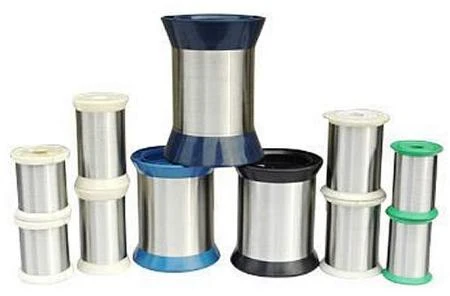 TEL:
+86-13102802206
TEL:
+86-13102802206
 Email:
fencenetting@china.com
Email:
fencenetting@china.com
 Language
Language
 TEL:
+86-13102802206
TEL:
+86-13102802206
 Email:
fencenetting@china.com
Email:
fencenetting@china.com
 Language
Language


The Intricacies of Barbed Wire A Focus on Single Strand Construction
Barbed wire, an essential fixture in the agricultural and security sectors, has a fascinating history that dates back to the late 19th century. Initially designed to contain livestock, this deterrent has evolved into a multifaceted tool used in fencing and protective measures worldwide. Among the various configurations of barbed wire, the single strand variety holds unique significance and utility.
The Intricacies of Barbed Wire A Focus on Single Strand Construction
In terms of material, single strand barbed wire is often made from galvanized steel, which enhances its strength and resistance to rust and corrosion. This durability is vital for its longevity, ensuring that the wire can withstand harsh weather conditions and the rigors of outdoor use. As a result, single strand barbed wire can serve its purpose effectively over many years, providing reliable protection without the need for frequent replacements.

The design of single strand barbed wire also plays a crucial role in its effectiveness as a containment measure. The sharp barbs, typically spaced every few inches, deter animals from trying to breach the fence. This not only keeps livestock safe within designated grazing areas but also protects crops from being trampled or consumed by wildlife. Additionally, the visual barrier created by the barbed wire can discourage even the most determined animals from attempting to cross.
Beyond agricultural uses, single strand barbed wire has found applications in security fencing as well. It is commonly used atop chain-link fences and other barriers to increase security at various establishments, including warehouses, farms, and correctional facilities. The perception of danger associated with barbed wire helps to deter would-be intruders, providing an additional layer of protection for property and individuals alike.
However, it is essential to approach the use of single strand barbed wire with caution. While it effectively serves its purposes, there are concerns regarding safety and humane treatment of animals. Improperly installed or maintained fencing can lead to injuries for both humans and animals. As such, it is crucial for users to regularly inspect and maintain their barbed wire setups to minimize risks.
In conclusion, single strand barbed wire remains a vital tool in both agricultural practices and security measures. Its simplicity, durability, and effectiveness make it a popular choice for many, despite the inherent risks associated with its use. As we continue to innovate in the realms of fencing and security, finding a balance between effectiveness and safety will be paramount. Understanding the roles and responsibilities that come with using such deterrents will ensure that single strand barbed wire remains a valuable resource for generations to come.